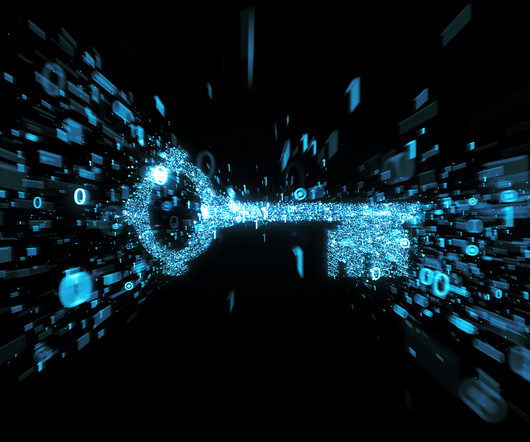News Alert: Swissbit introduces small-capacity memory for IIoT, smart city applications
The Last Watchdog
JUNE 27, 2023
Typical applications include green IIoT technologies like charging stations, smart meters, and PV inverters, for which only a small amount of memory is required to run boot software or to communicate with cloud applications. The proliferation of IIoT technologies is particularly evident in smart cities. Westford, Mass., 2 and 2.5”












Let's personalize your content